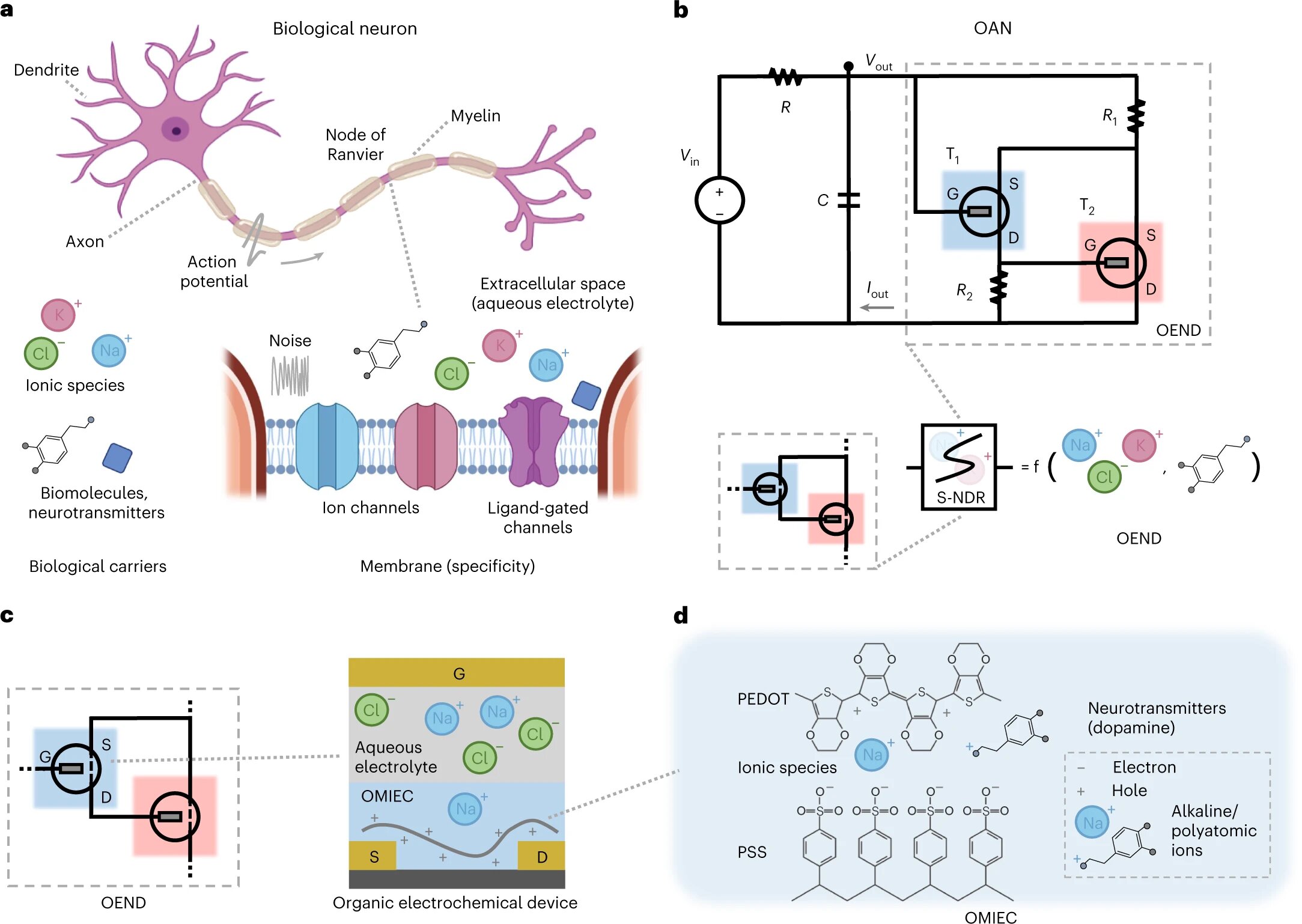
neuroprosthetics tagged posts


Memristor chip. Credit: Image courtesy of University of Southampton
A nanoscale device, called a memristor, could be the ‘missing link’ in the development of implants that use electrical signals from the brain to help treat medical conditions. Monitoring neuronal cell activity is fundamental to neuroscience and the development of neuroprosthetics – biomedically engineered devices that are driven by neural activity. However, a persistent problem is the device being able to process the neural data in real-time, which imposes restrictive requirements on bandwidth, energy and computation capacity.
In a new study, published in Nature Communications, the researchers showed that memristors could provide real-time processing of neuronal signals (spiking events) leading to efficient data compressio...
Read More





Recent Comments